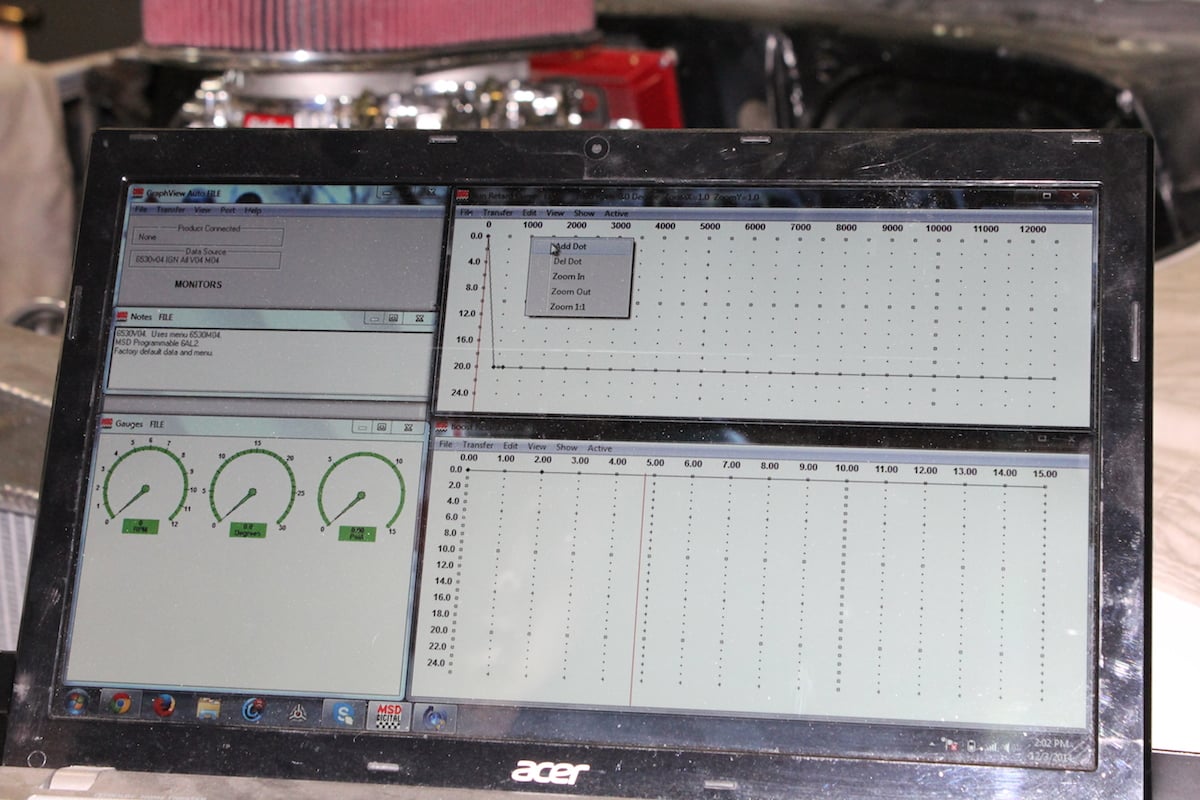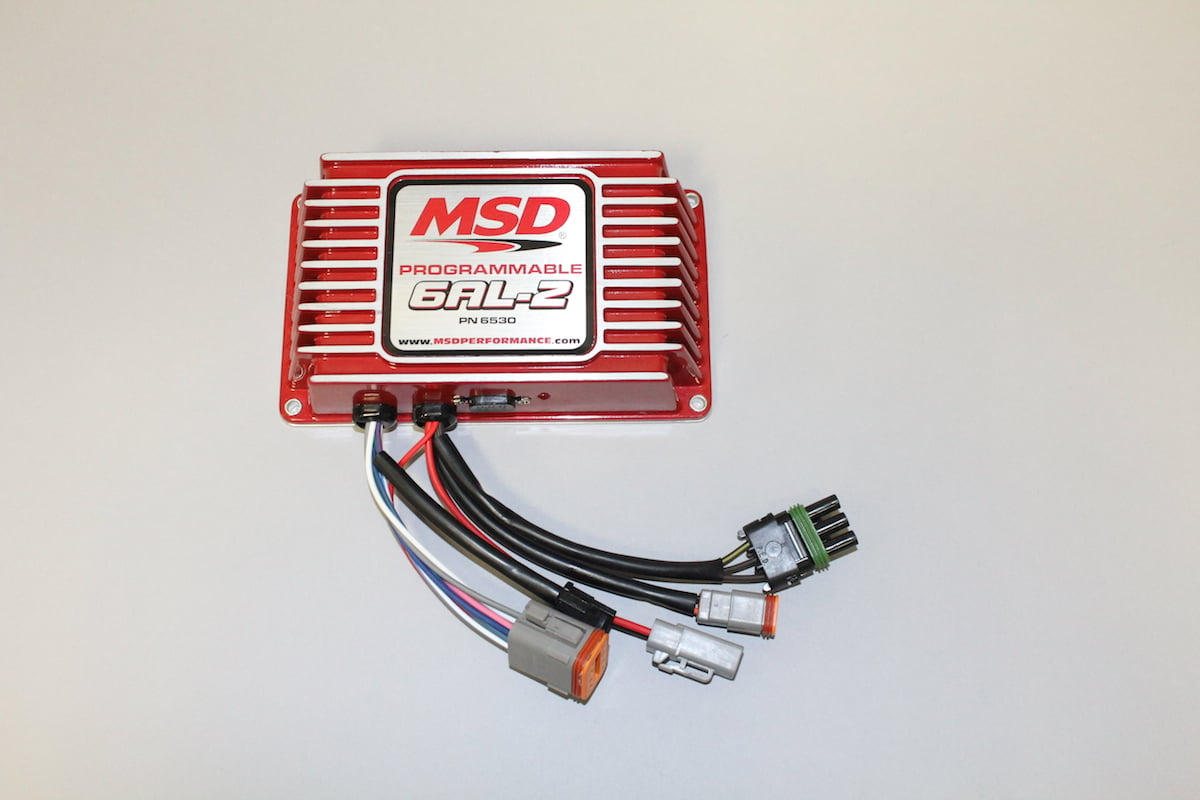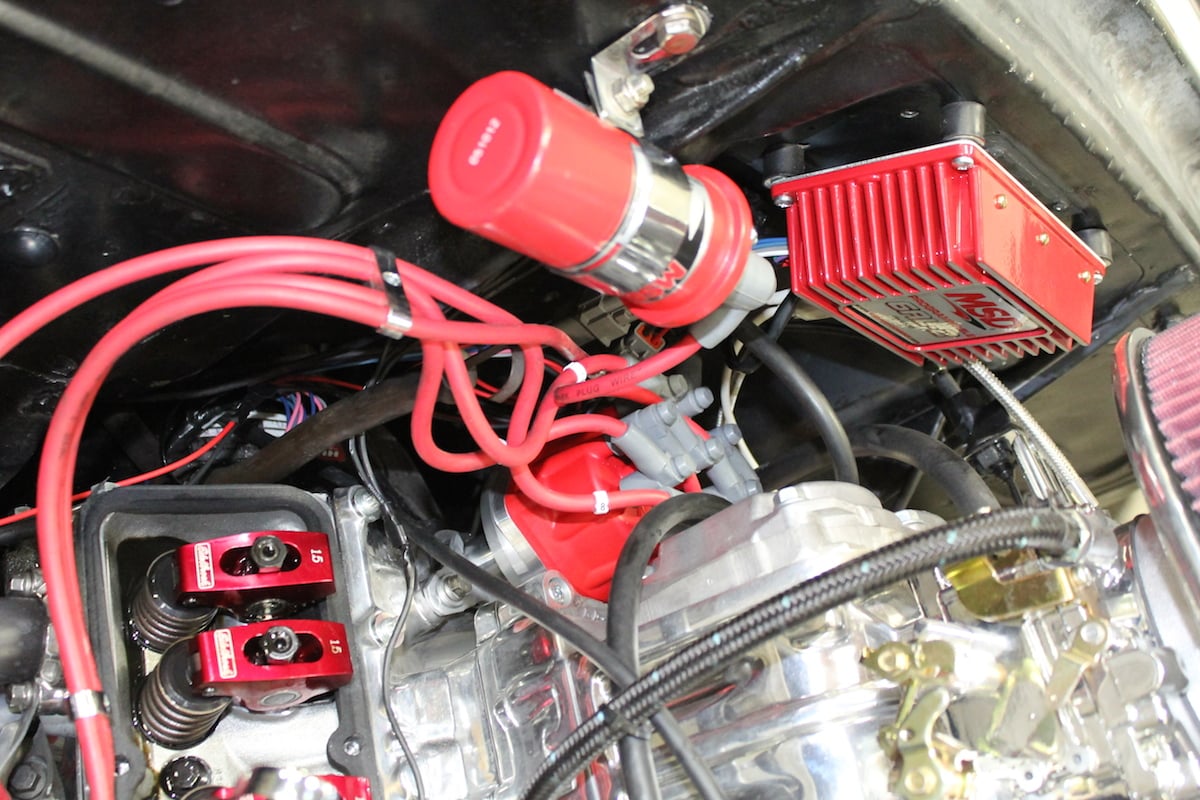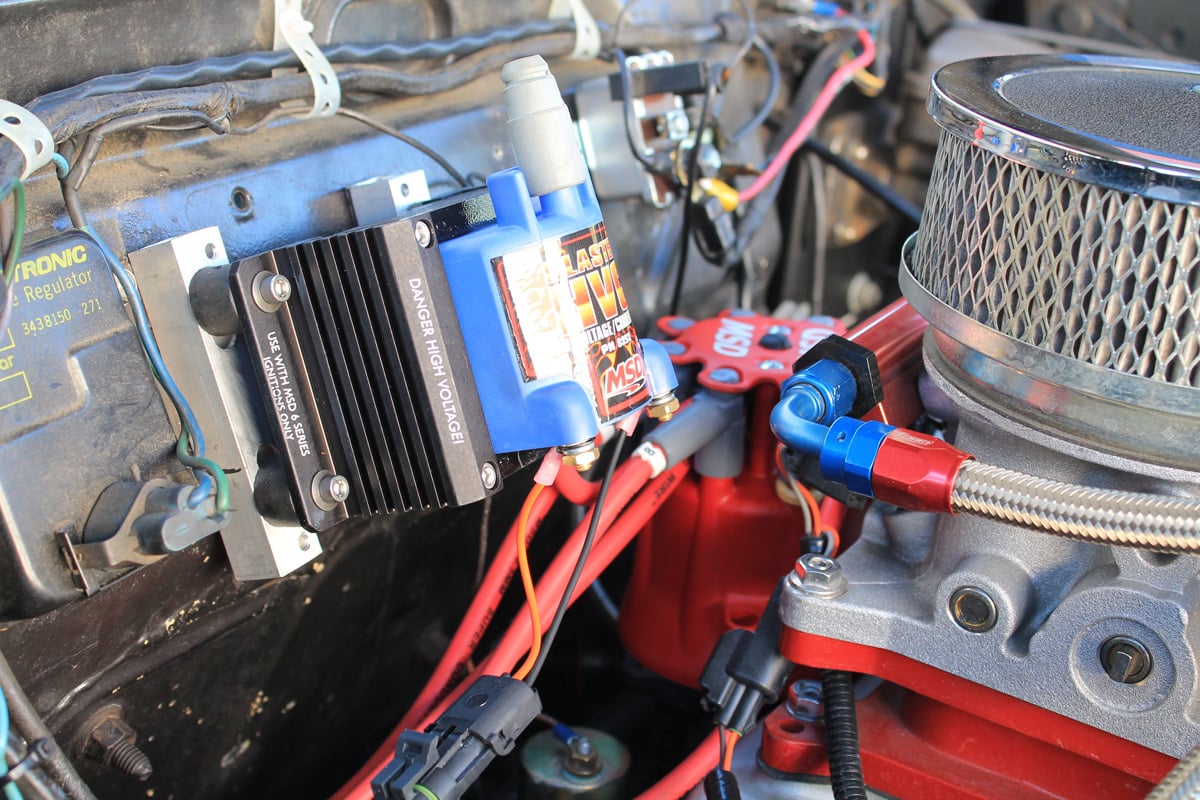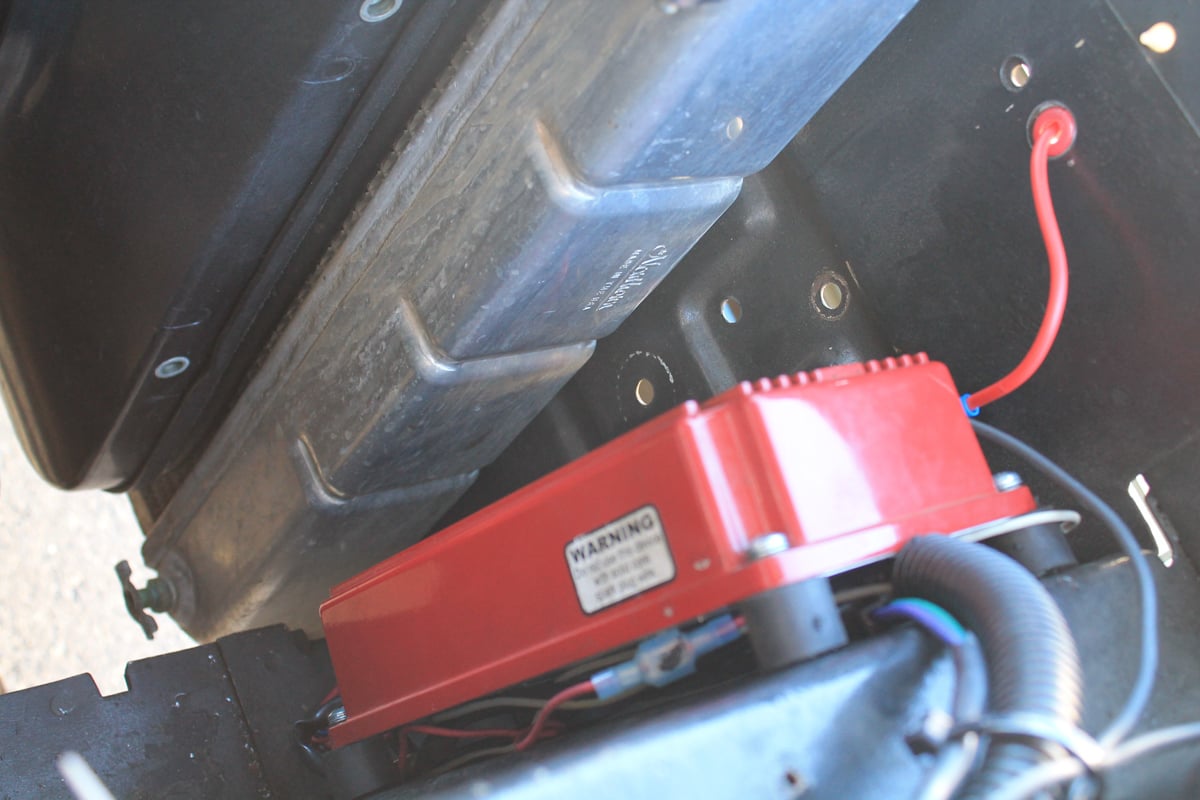 [1]While perusing a forum the other day, a question came up regarding MSD [2] distributors [3] and ignition systems. The forum member wanted to know which was best: the Ready-to-Run (RTR) distributor or the Pro-Billet distributor combined with an MSD 6AL ignition box [4]
[1]While perusing a forum the other day, a question came up regarding MSD [2] distributors [3] and ignition systems. The forum member wanted to know which was best: the Ready-to-Run (RTR) distributor or the Pro-Billet distributor combined with an MSD 6AL ignition box [4]
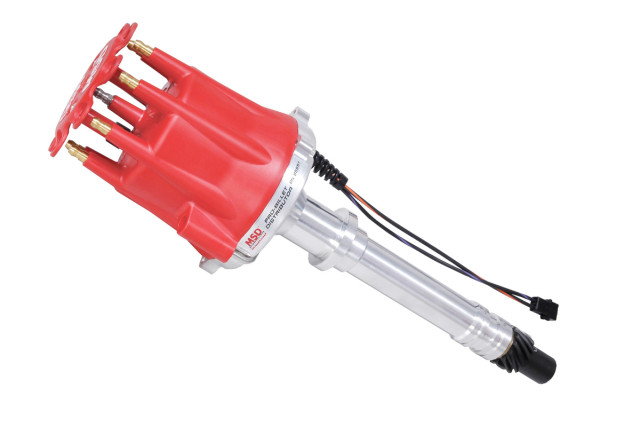 [5]When pricing them out, the RTR distributor came in about $100 less than the Pro-Billet distributor and 6AL for his particular application.
[5]When pricing them out, the RTR distributor came in about $100 less than the Pro-Billet distributor and 6AL for his particular application.
Street prices can vary for the Pro-Billet distributor, which sells for as low as $235, up to more than $400, depending on the application. Prices for the RTR distributor can run from $325 up to nearly $500 – again, depending on the application. An MSD 6AL ignition box will typically set you back about $250.
So what’s the best route to go when you’re ready to purchase and MSD distributor and ditch the old factory unit? We reached out to MSD to get some details about both systems.
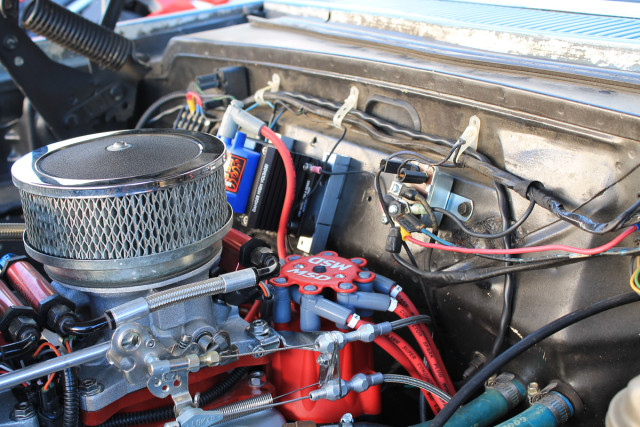 [6]
[6]Is it a Ready-to-Run or Pro-Billet distributor? Follow the wiring and you can tell, or remove the distributor cap to find out. Both work equally well for a driver, but the RTR will have some limitations if you want more control over timing and ignition.
Ready-To-Run Distributor
The first, and most obvious, difference between the systems is the number of components. The Ready-to-Run distributor is just as it implies: just three wires and your ignition system (plus an added coil [7]) is ready to run. You won’t need to have a separate (or factory) ignition box to get the fires to light up in your cylinders because it the ignition is inside the distributor cap. With the RTR, you connect the red wire to the positive coil terminal along with the ignition wire, the orange wire goes to the negative coil terminal, and a black wire runs to ground. It’s that simple [8].
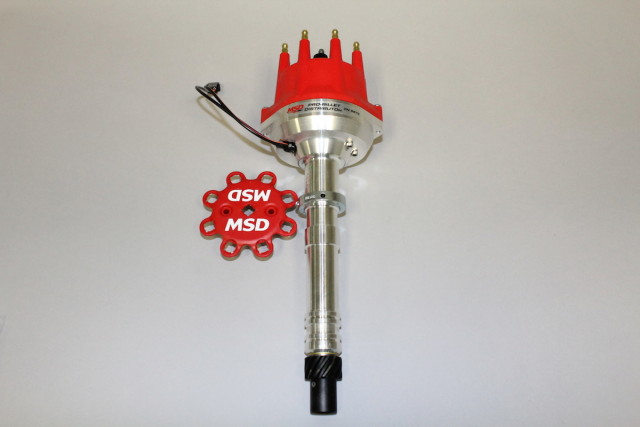 [9]The RTR has an inductive ignition system that will provide more spark energy than a stock-type ignition. It does have a built-in adjustable rev limiter and an adjustable mechanical advance to help set your initial and total timing. It has a maintenance-free magnetic pickup, and since the ignition control is inside the cap, there are no additional wires needed. If you already have the RTR distributor and wish to add the 6AL ignition, the two are fully compatible as an upgrade. However, for a new purchase including the MSD 6 or 6AL ignition box, the RTR distributor would not be necessary, as the standard Pro-Billet distributor would suffice.
[9]The RTR has an inductive ignition system that will provide more spark energy than a stock-type ignition. It does have a built-in adjustable rev limiter and an adjustable mechanical advance to help set your initial and total timing. It has a maintenance-free magnetic pickup, and since the ignition control is inside the cap, there are no additional wires needed. If you already have the RTR distributor and wish to add the 6AL ignition, the two are fully compatible as an upgrade. However, for a new purchase including the MSD 6 or 6AL ignition box, the RTR distributor would not be necessary, as the standard Pro-Billet distributor would suffice.
Pro-Billet Distributor And 6AL Ignition
The Pro-Billet distributor and its RTR counterpart don’t vary much with regards to size or looks. But the difference lies within the separate MSD ignition control, which is required for the Pro-Billet distributor to operate properly. We are including the 6AL in this article because it’s one of them more popular ignition boxes, but some of the more advanced ignition boxes such as the 7 Series or 8 Series capacitive dishcharge (CD) systems can also be used.
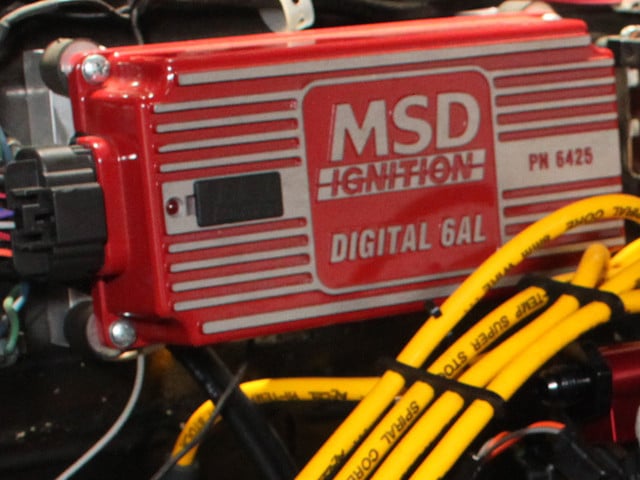 [10]The Pro-Billet distributor is a two-wire connection that connects directly to the 6A or 6AL ignition box. The 6AL ignition opens up more options for timing and spark control than the RTR distributor will allow. The 6AL would allow you to connect to one or more different timing controls at a time; for example, if you run NOS you would need a Step Retard [11] to protect the engine when the nitrous is activated and it will not connect to the RTR distributor. You can also add a Power Grid [12] to gain timing, boost [13], and traction controls, as well as additional timing functions with different Power Grid modules [12].
[10]The Pro-Billet distributor is a two-wire connection that connects directly to the 6A or 6AL ignition box. The 6AL ignition opens up more options for timing and spark control than the RTR distributor will allow. The 6AL would allow you to connect to one or more different timing controls at a time; for example, if you run NOS you would need a Step Retard [11] to protect the engine when the nitrous is activated and it will not connect to the RTR distributor. You can also add a Power Grid [12] to gain timing, boost [13], and traction controls, as well as additional timing functions with different Power Grid modules [12].
Basic Breakdown
With the information above, it doesn’t really address which is better for a typical street rod or musclecar that isn’t on boost or squeezing the bottle. And the answer to that question as to which is better suited for a street driven vehicle is pretty simple: if you want a cleaner installation with fewer wires, the Ready-to-Run distributor is going to be the easiest to install and will work perfectly fine for engines up to 11:1 compression. For a vehicle where boost, nitrous, and more timing control [14] is required, you’re better off to stay away from the RTR due to the inability to add other modules.
You won't be able to make these kinds of adjustments to your timing curve with the RTR distributor. For a boosted engine, you'll need more control than the RTR will provide.
Does this mean that a Pro-Billet distributor and 6AL box is overkill for a vehicle that doesn’t require any additional controls? Absolutely not! Both are perfectly suited for the type of system that our forum member was seeking, but the 6AL will allow future upgrades should they be needed.
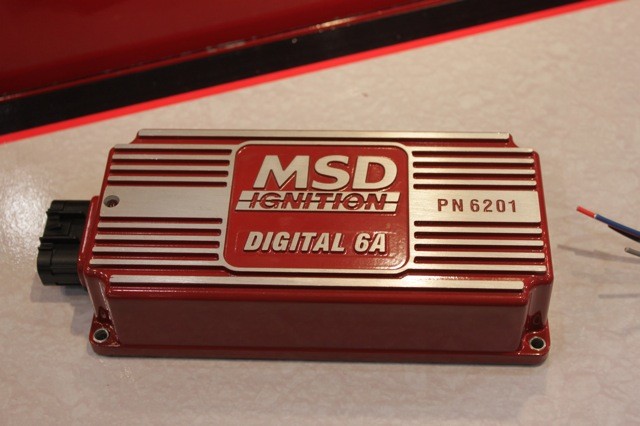 [20]
[20]The 6A will work just fine for your street system, but lacks the rev limiter that the 6AL and the RTR distributor possess.
For a street application where the fuel mixture is often a little leaner, the long duration, single spark of the RTR would be plenty. However, in a higher performance application where the engine might run a little fatter, the multiple spark from the 6AL will help burn the extra fuel.
The 6AL delivers much more spark energy (high output with 530 volts and 135mJ of spark energy), but it also requires additional space to mount the ignition box as well as the additional wiring.
The bottom line is that the choice is yours, and depends on what your needs are: a cleaner installation, or more available features. The RTR will have some limitations, whereas the Pro-Billet and 6AL will work for nearly any street application. So for a basic ignition/distributor system, you can install more components, or save a little money and keep it simple.
